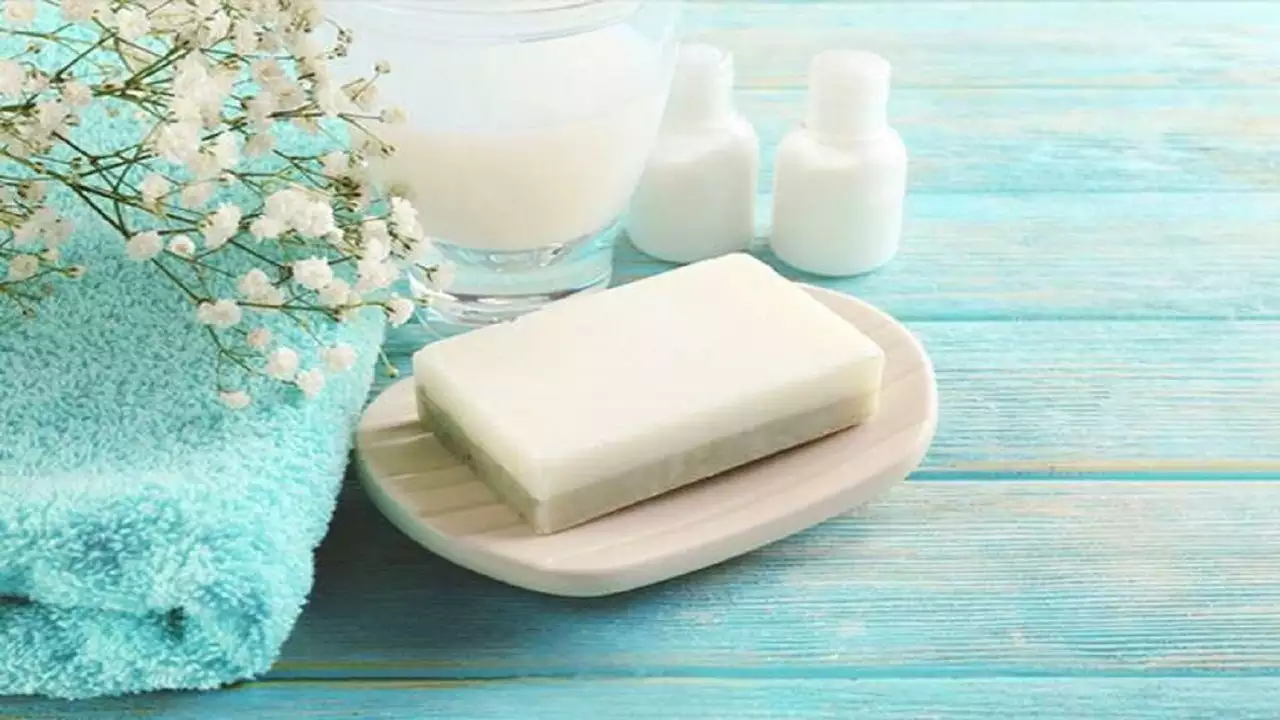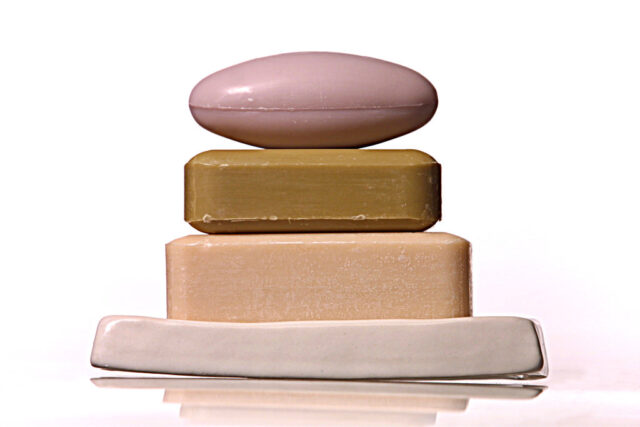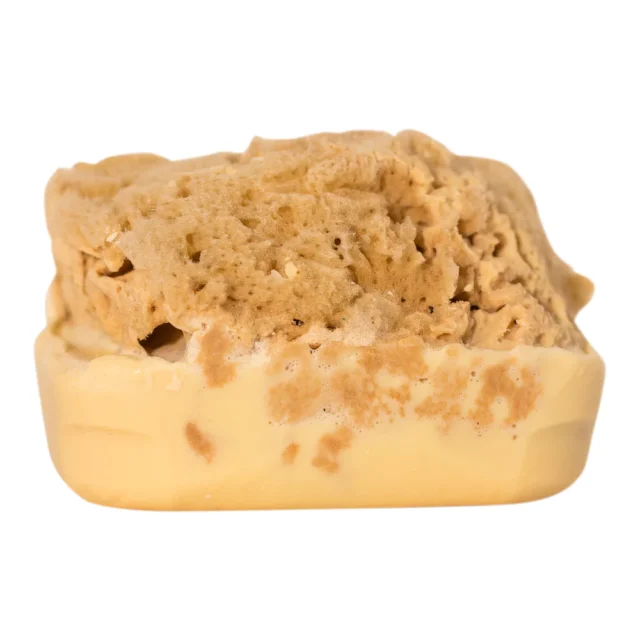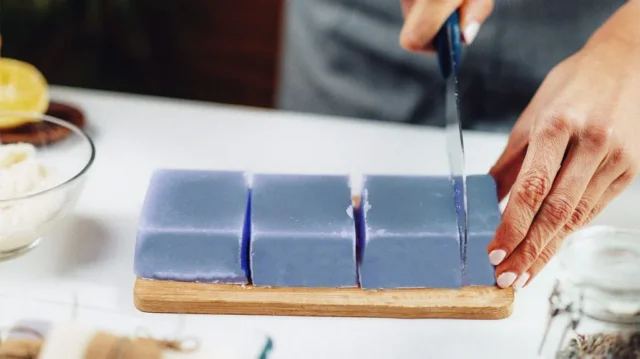
There’s nothing quite as frustrating as washing your hands only to find that the soap doesn’t work as well as it used to. Maybe you’re dealing with a soap that’s old, or maybe you just don’t use enough of it. Whatever the reason, soap can suddenly become ineffective and leave your hands feeling dry and irritated. In this blog post, we will explore how to tell if old soap is still effective and how to replace it if necessary.
What is Soap Used For?
Soap is a product that is used to cleanse the skin. It typically consists of a mixture of water, oil, and detergent. It can last for years if it is stored in a dry place. However, soap does expire.
Types of Soaps- Which One Is the Best?

There are different types of soap, each with its own set of cleaning properties. To determine if a bar of soap is still effective, it’s important to understand the type of soap and how it works.
Liquid Soap: These soaps are made up of water, oil, and lye. They work well on surfaces that are wetted, but they can’t stand up to tough cleaning tasks like deep-cleaning.
Bar Soap: Bar soaps are made from a mixture of oils, fats, and alkalis. They’re more durable than liquid soaps and can be used on tougher surfaces. However, they don’t work as well on wet surfaces.
Shower gels: They tend to be made up of water, sodium laurel sulfate (or another surfactant), glycerin, propylene glycol (PG), fragrance or essential oils (if desired), coloring agents (usually titanium dioxide or ferric oxide), and sometimes vitamins D and A or other minerals. This mixture creates a gel-like substance that molds easily to the contours of your skin and helps cleanse pores thoroughly while leaving a lightweight feel in your hands.
How to Tell if Soap is Expired

The lifespan of soap depends on how it is stored. If soap is kept in a sealed container, it will last for about six months. If soap is not sealed, it will last for about one year.
If you notice that the soap has expired, you should not use it. There are several ways to tell if it has happened:
-Smell: If the soap smells bad, it probably has gone bad.
-Texture: Soap that has gone bad will be harder to spread and will have pieces of plastic in it.
-Color: Soap that has gone bad will be darker than regular soap.
What to do if Soap is Expired
If you have used soap for an extended period of time and it has expired, there are a few things you can do to try and salvage it. First of all, make sure that the expiration date is not near the end of its expected life. Then, if using liquid or bar soap, add water until it reaches a lather before using. In case of using bar soap, additionally soak in warm water with Epsom salt for a few minutes before use to soften the bar and make it more effective.
What are the problems of soap?
Soap is a popular and often effective cleanser, but it has some significant problems.
One problem is that soap can be damaging to the environment. The production of it uses a lot of water and energy, which can lead to environmental pollution. And soap leaves behind residue, which can clog drains and other waterways.
It also has a negative impact on our skin. The chemicals in soap can cause skin irritation and even cancer. In addition, soap suds are abrasive and can damage the skin’s surface layer, leading to wrinkles and age spots. Besides, soaps left on the skin for too long can cause dryness and cracking.
What Are the 4 Basic Methods of Soap Making?

There are four basic methods of soap making: cold process, hot process, liquid process, and solid process.
Cold process soapmaking is the oldest method of soapmaking, dating back to the 1600s. In this method, lard or vegetable oil is melted and poured into a mold shaped like a bar of soap. The soap is then left to cool and harden. Cold process soap is usually less fragrant than other types of soaps and can be difficult to work with because it’s stiffer.
Hot process soapmaking was first developed in the 1800s. In this method, the melted fat is combined with water and alkali (a type of cleaning agent) and brought to a boil. Then, the mixture is cooled and poured into molds called cavities. Hot process soaps are usually more fragrant than cold process soaps and have a looser texture due to the use of heat.
Liquid process soapmaking was invented in 1897 by Charles Frosher. This method uses hot water as the main ingredient instead of fat. Liquid soap stays liquid even after it’s been cured (which means it has been hardened). This makes it perfect for products that need to be gentle on skin, like body wash or toothpaste.
Solid process soapmaking was invented in 1912 by William Lachmann. In this method, glycerin (a type of sugar) is heated until it liquefies then added to fats which have been pre-soaked in water. The glycerin forms a soap film that is then removed from the mixture and dried. This method is usually used to make bar soaps because it produces a harder bar than other methods.
Conclusion
Are you wondering if soap still works after it’s been expired? The truth is, some ingredients in soap can last up to two years after the expiration date. However, other ingredients will start to break down and the soap will no longer be effective within a few months of expiring. In order to make sure your old soaps are still effective, take them out of their packaging and gently shake them before using. If they don’t seem to be breaking down or foaming significantly after being shaken, then they’re probably still good to go!









